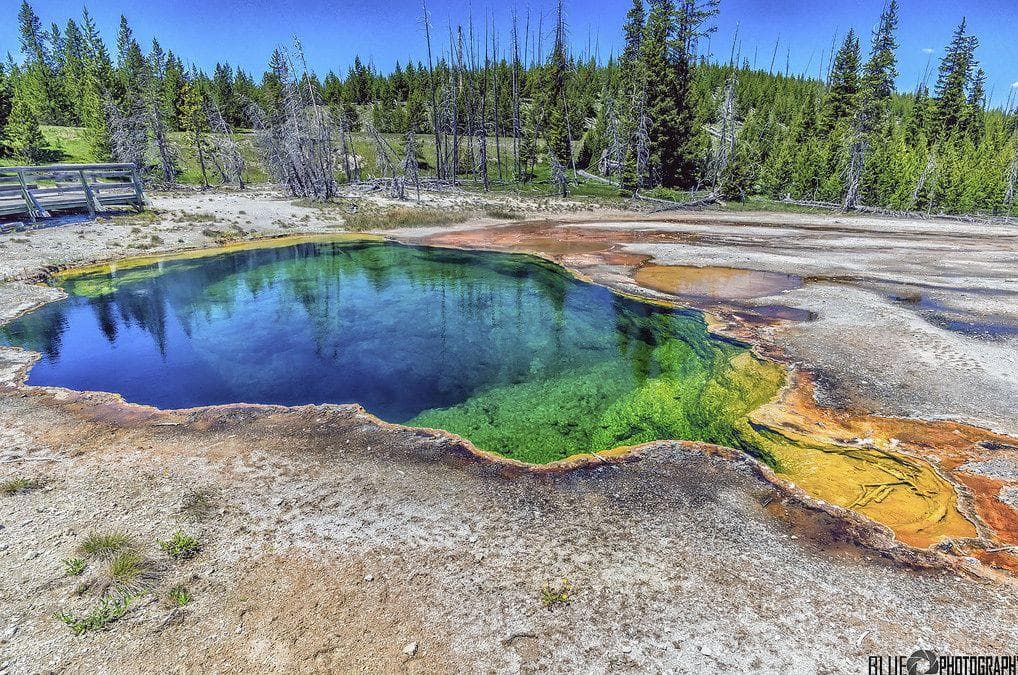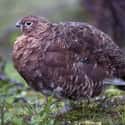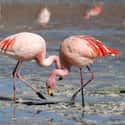-
(#1) Octopus
- Octopoda
-
(#4) Seahorse
- Hippocampus
-
(#5) Peacock flounder
- Bothus mancus
-
(#6) Sleek Unicornfish
The sleek unicornfish changes from dark blue to light blue when it is cleaned by smaller fish who feed on parasites. Scientists think the color change helps the smaller fish more easily see the parasites on the unicorn fish's scales. Some unicornfish species also change during mating behaviors. -
(#7) Chameleon
- Chamaeleonidae
-
(#8) Tree frog
- Hylidae
-
(#9) Anole Lizards
Anoles are little lizards which are commonly confused with chameleons. They can change color suddenly and rapidly, and they do so the same way as chameleons - with chromatophores. Scientists aren't sure exactly why anoles change color, they only know that it isn't for camouflage, and it isn't for temperature regulation. -
(#10) Golden tortoise beetle
- Charidotella sexpunctata
-
(#11) Crab spider
- Thomisidae
-
(#13) Willow Ptarmigan
- Lagopus lagopus
-
(#14) Arctic fox
- Vulpes lagopus
-
(#15) Arctic Hare
- Lepus arcticus
-
(#16) Weasel
- Mustela
-
(#17) Peary Caribou
The Peary caribou is the only subspecies of caribou that experiences a color change. The change their coats the same way the Arctic fox and Arctic hares change. -
(#18) Lemming
Collared lemmings experience a color change in the winter, from brown to white. It's unclear why they need to undergo that change in order to camouflage, since they spend most of their time burrowing under the snow. -
(#19) Siberian Hamster
The Siberian hamster is the last animal on our list that changes color in the winter. These hamsters can be kept as pets, and even when they are not kept in their typical climate, they will still change color in winter if they are regularly exposed to natural light. This supports the theory that color change is triggered by reduced daylight. -
(#20) Flamingo
- Phoenicopterus
New Random Displays Display All By Ranking
About This Tool
The rapid change of skin color is one of the most amazing things we can see in the animal kingdom. The way these animals merge with their surroundings is undoubtedly a miracle, and it is also a powerful skill for wild animals to survive in the cruel nature. Do you know any animals that can change color? Most people will firstly think about chameleons.
It is obvious nature never lacks magicians who can change color, Except for the reptiles, some insects and sea creatures can also change their color in an amazing way. The random tool introduced 20 fascinating animals how they change their colors.
Our data comes from Ranker, If you want to participate in the ranking of items displayed on this page, please click here.





























